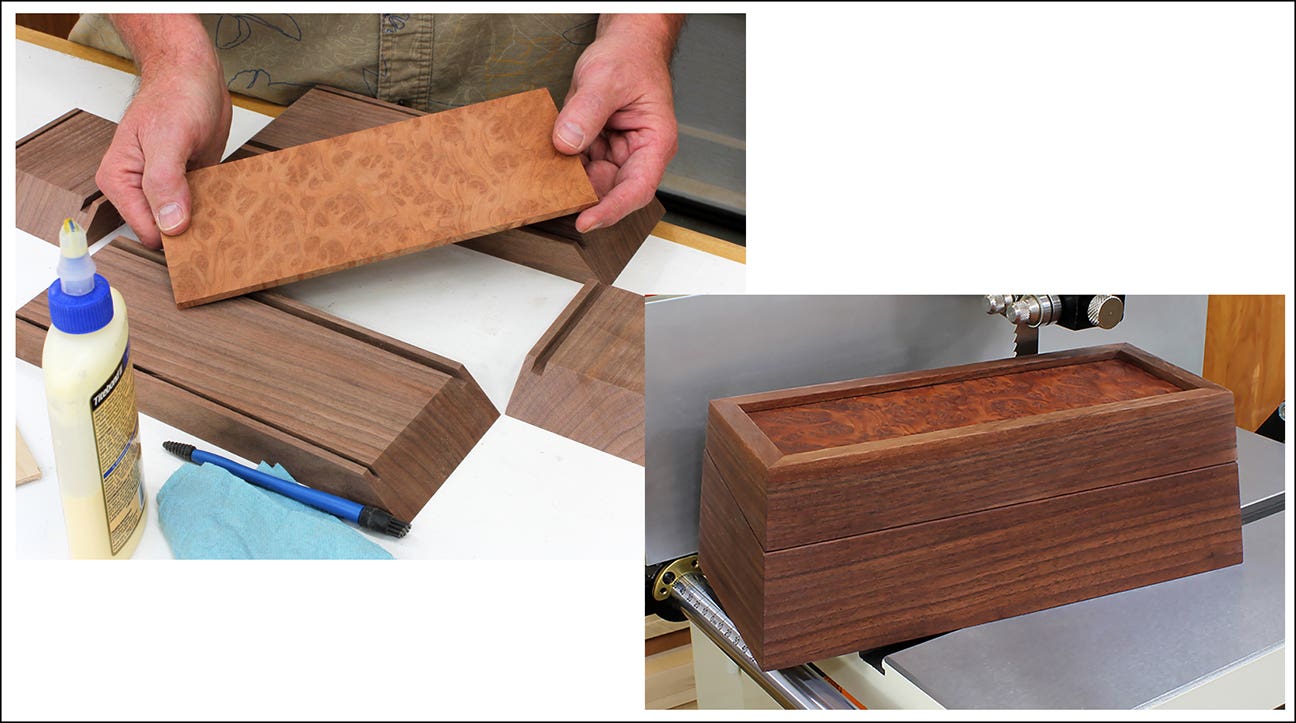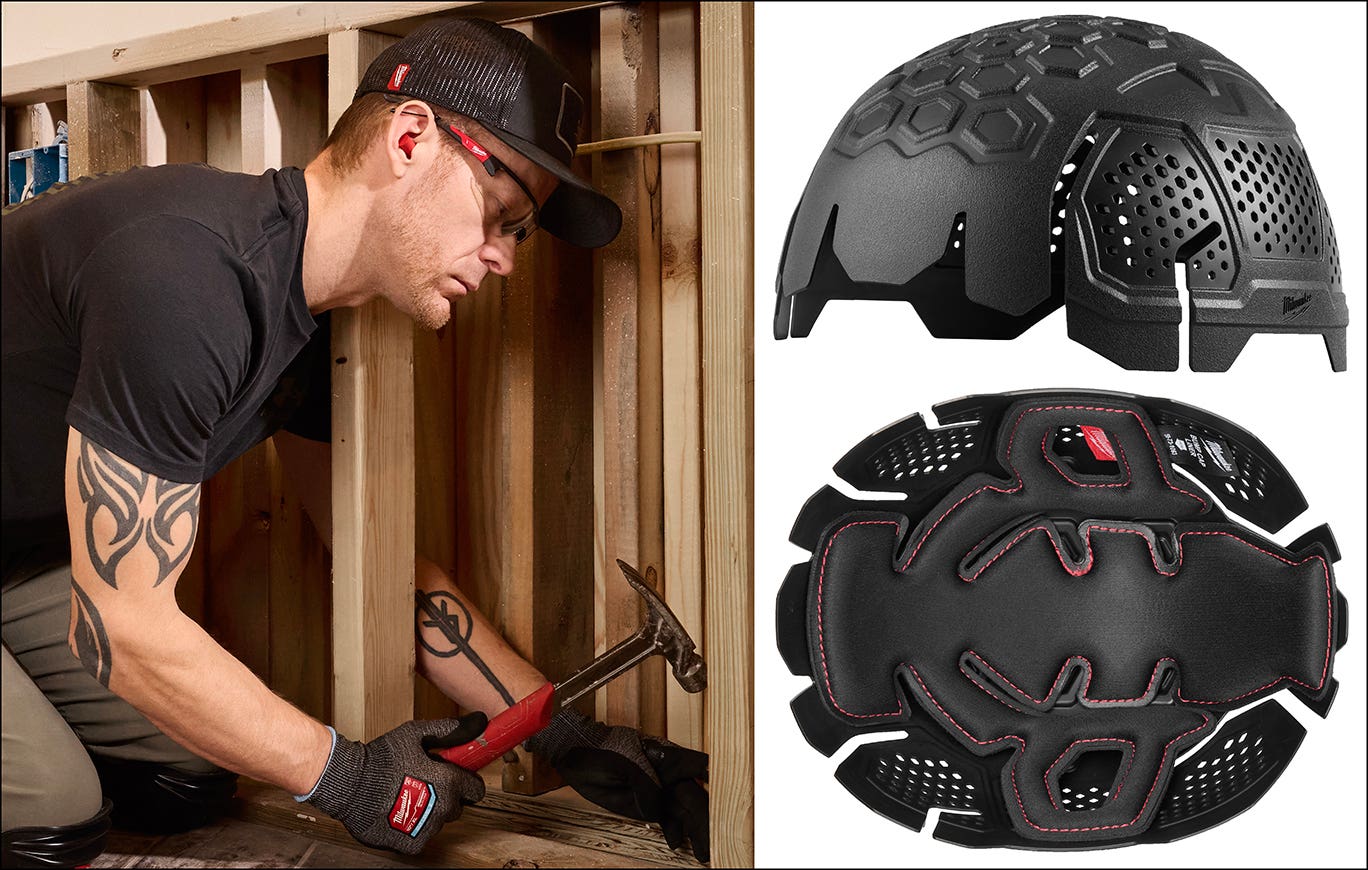Developing a pattern
When making a reproduction, sometimes you make a lot of guesses. But other times, you can just let a pattern be your guide.
When making a reproduction, sometimes you make a lot of guesses. But other times, you can just let a pattern be your guide.
I enjoy making historical reproductions, but it’s not always easy. Sometimes, I can closely examine an original piece and get exact measurements; other times, all I have to go on are photographs. That’s not always bad, as carefully taken photos – with other objects in the frame for scale – help facilitate the process.
But nothing beats actually owning an original piece you can copy, even if it’s literally in pieces. That was the case for a particular style of stool that pops up everywhere in Civil War photography. (You can see examples in the top two panels in the above photo.) I’ve made a few of these stools based only on photos. But I love estate sales and barn sales, and always go straight for the piles of junk furniture. That’s how I found an original, albeit battered, Civil War era stool.
One leg was missing the lower end and a rung. Another leg was split where a rung had apparently twisted out of its mortise. One rivet was gone. The only thing holding it together were the tatters of the carpet seat tacked onto the frame. This was basically firewood with some cloth on it – and I loved it. It was a bargain, too. They gave it to me for free.
I took precise dimensions for my reproduction from the intact pieces (including the carpet seat), but that split leg was the real prize. It wasn’t salvageable, but once sliced in half on my band saw it not only made an exact pattern for turning new legs, but the existing holes served as perfect guides for rungs and rivets. You can see what I mean in the lower-left panel of the photo, plus my finished reproduction in the panel next to it.
I still have the remaining two intact legs, one rung and the two seat stretchers, and one of these days when I have time, I may turn replacement legs and rebuild that stool. If I do, I’ll start with the perfect pattern.
A.J. Hamler is the former editor of Woodshop News and Woodcraft Magazine. He's currently a freelance woodworking writer/editor, which is another way of stating self-employed. When he's not writing or in the shop, he enjoys science fiction, gourmet cooking and Civil War reenacting, but not at the same time.







